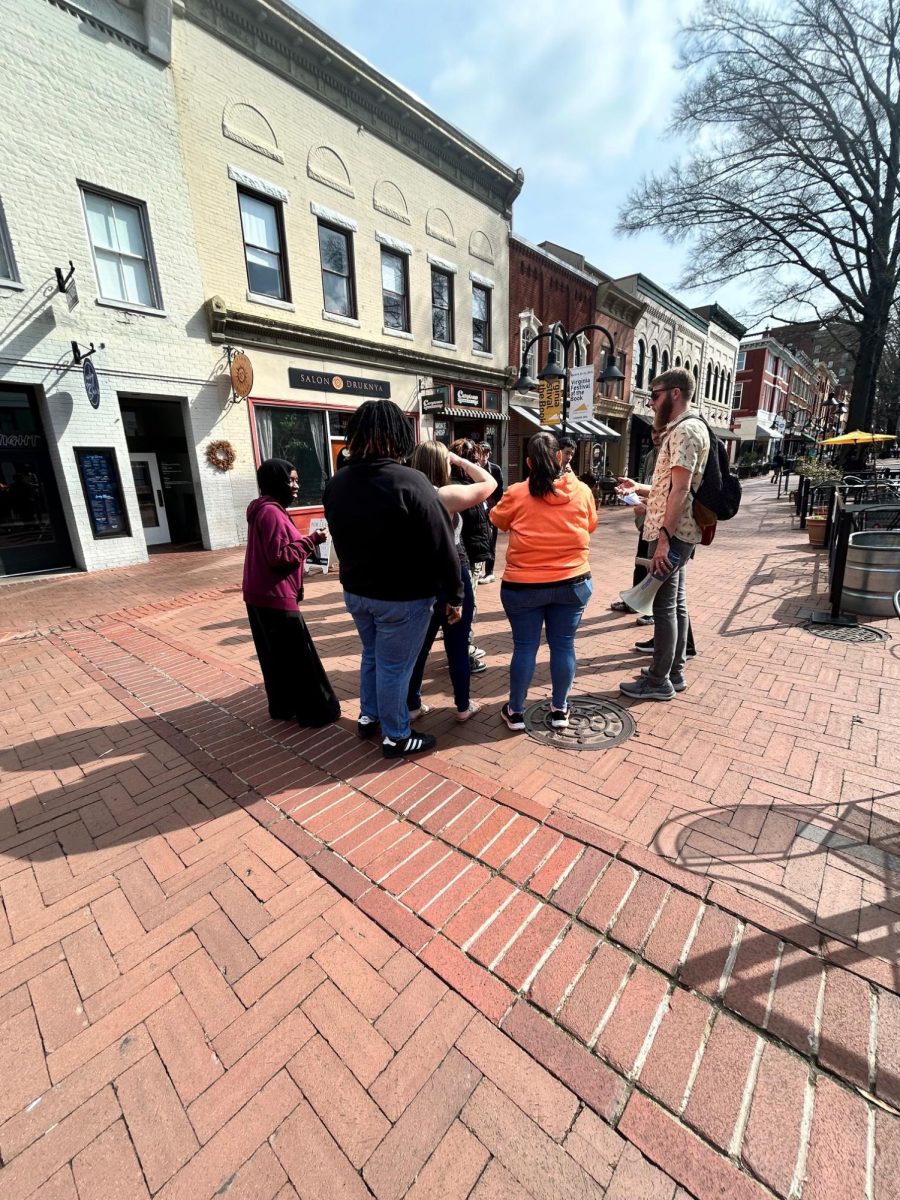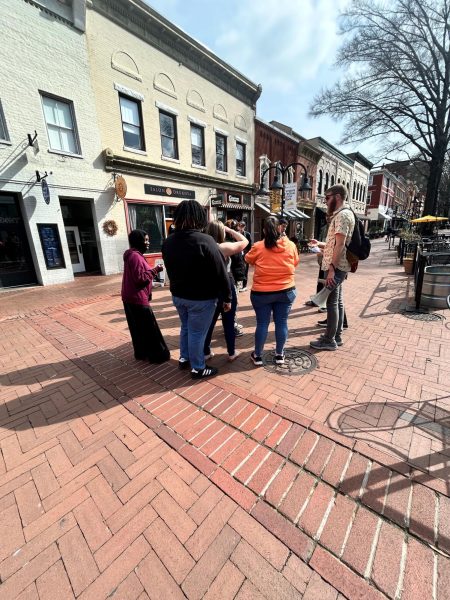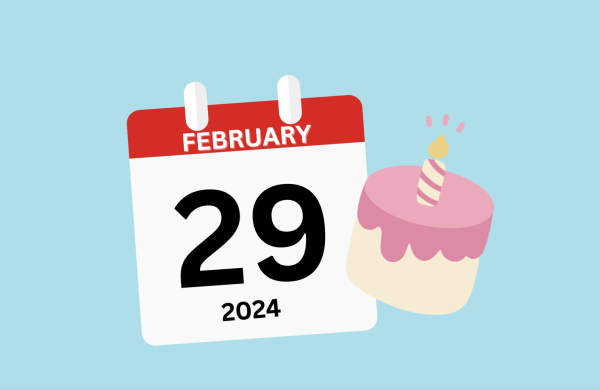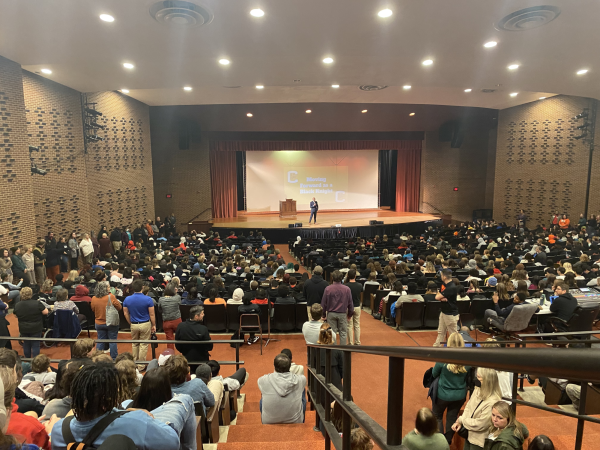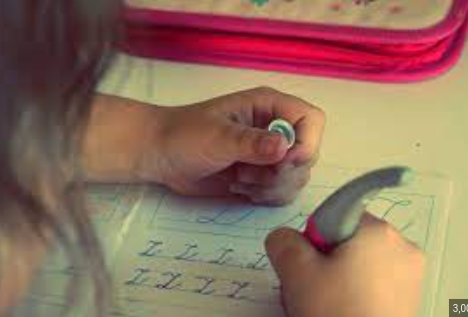What Going Back to School Will Really Look Like
photo courtesy of Annabel Granger
Many students are anticipating the return to school as they reminisce on what it was like to be a student body.
December 14, 2020
What Going Back to School Will Really Look Like
Editor’s note: No plan is finalized by the school board yet, decisions regarding the return to school are ongoing and changing.
As many of you may know, there has been serious talk about returning to school for hybrid learning in February, but what will that look like exactly? There are some unanswered questions such as: How big will the class sizes be? How will teachers and administration ensure students are wearing masks at all times (i.e. in bathrooms, at lunch, on buses)? How will students who are remaining fully virtual keep up with classes that are in person? And many more. Students are antsy and ready to go back to school, but these questions need to be answered…
Elizabeth Burns, a junior at CHS, talks about why she wants to return, and what is holding her back. “I want to see friends and have normalcy back, also a routine would be nice. Safety is my main concern about returning. I want people to follow COVID guidelines as strictly as possible for the safety of myself and all the students.” These are valid concerns, especially since 5 students at Woodbrook Elementary, (an Albemarle County district elementary school) a school that has recently gone back to in person, have caught the virus. There are many ways of avoiding the virus in schools such as taking the temperature of students before entering the building, and monitoring symptoms of the students before school and after. Serious precautions are inevitable but there is never an 100% certainty that school will be a safe and healthy place to be.
Safety is top priority in this process and should be the main factor when making your decision, but seeing friends and being social is also an important component and many student’s main reason for wanting to return. Doug Granger (principal of an elementary school in Albemarle County) says that “Children don’t leave the classrooms all day until recess, which is outdoors. All classes beyond core subjects are taught virtually on asynchronous days. There are only 10 kids in each classroom at a time.” These terms will most likely not transfer over to CHS, but aspects of them might. If classrooms only have 10 students at a time and everyone is socially distanced, it is unlikely that there will be time or opportunity to talk and socialize with friends. Also, lunchtime (a time to mingle with peers) will presumably be held in classrooms with those 10 students. There is no way of telling what classrooms will look like exactly, but to expect time to be with friends might lead to disappointment.
Learning face to face has countless advantages over learning virtually: there will be less distractions than there would be at home, asking your teachers for help will be easier and less intimidating, being in a familiar learning environment can make one feel more comfortable with learning, and so much more. CHS has seen an all time low in grades this year and the most obvious reason why is virtual learning. Returning to face to face learning will hopefully improve the grades of CHS students, and make it easier to learn and teach.
When asked about social time with peers, Dr. Irizzary said, “Until the pandemic is handled and completely over, things will look a lot different. There won’t be students hanging out in A commons or in the hallways talking. Students will get to school and go straight to class, then their next class and so on.” He added that as of the plan now, lunch time will also be held in classrooms. Dr. I included “We are using the CDC recommendation of a 6 foot space between each student, which means classes will hold 10-15 students, depending on how big the classroom is. There will be an A group and B group, which will alternate days of coming into school. During the days that the group isn’t doing face to face they will be doing classwork asynchronously (how Fridays are now).” Hopefully some of this information will put into perspective how learning will look if or when we return in February, and help you make your final decision.
There are many advantages and disadvantages to school returning for face to face learning, so when making your decisions try to think about all of the factors that go into this process and your intentions whether they be for social time, or learning.




